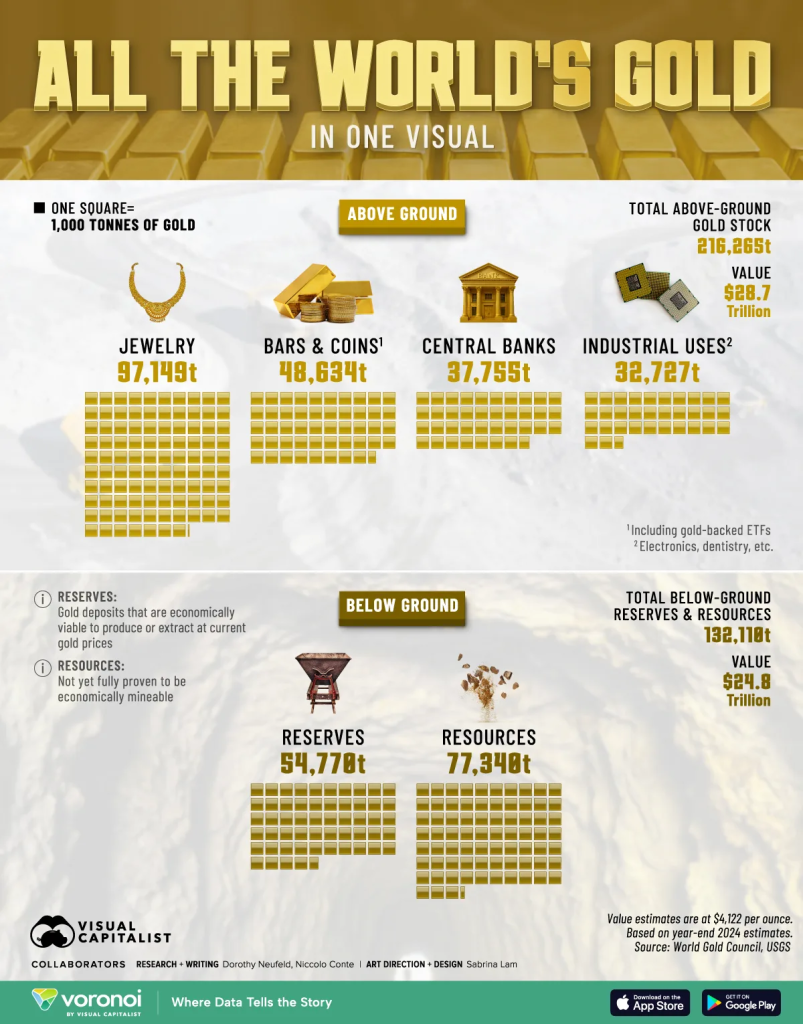
Advancing one of the largest undeveloped primary silver assets in the U.S. in a rising silver and critical minerals market.
Vancouver, British Columbia, December 11, 2025 – Apollo Silver Corp. (“Apollo Silver” or the “Company”) (TSX.V:APGO; OTCQB:APGOF; Frankfurt:6ZF) is pleased to announce details of its 2026 Exploration and Project Development Program (the “2026 Program”) at the Company’s Calico Silver Project (“Calico” or the “Project”) located in San Bernardino County, California. The 2026 Program is designed to advance both the exploration potential and project development initiatives at Calico at a time when the silver market sentiment is strengthening and the metal’s recent designation as a U.S. critical mineral is drawing renewed attention to secure domestic supply. As one of the largest undeveloped primary silver assets in the U.S., Calico is well positioned within this evolving landscape.
The 2026 Program advances prospective exploration and project development at Calico in support of longer-term planning for processing, mine design, and permitting. Project development activities will focus on metallurgical studies, geotechnical work, and the initiation of development-stage permitting, and will include a drilling program designed to provide material for geotechnical analysis and metallurgical testing. Planned exploration activities include exploration drilling, property-scale mapping and sampling, and both airborne and ground geophysical surveys.
Highlights of the 2026 Program:
- Project Development Activities
- 4,500 meter (“m”) HQ large diameter core drill program commencing in Q1 2026 to address current on-going metallurgical studies and geotechnical analysis to support future mine design work.
- A metallurgical test work program focused on evaluating processing options and investigating opportunities to improve upon historic silver recoveries.
- Early-stage permitting activities, including the initiation of long term, on-going baseline environmental monitoring, ensuring that the regulatory phase progress aligns with technical advancements.
- Exploration Activities
- 1,000 m NQ diameter exploration drilling program at the Waterloo Property (“Waterloo”) to test the Burcham gold potential with the goal of expanding the gold resource.
- Ground and airborne geophysical surveys including gravity, Induced Polarization (“IP”), and magnetics to image and characterize subsurface controls of mineralization as well as lithological, structural and alteration features at both a deposit and property scale, to assist in defining and prioritizing future drill targets.
- Expanded geological mapping across Waterloo and Mule Property (“Mule”) to advance surficial geological interpretations and promote target generation.
“Our 2026 Program positions Apollo Silver to advance Calico at an opportune moment,” said Ross McElroy, President and CEO of Apollo Silver. “Silver’s addition to the U.S. critical minerals list and the current strength in precious-metal markets highlight the importance of responsibly developing domestic supply. Calico hosts one of the largest undeveloped primary silver deposits in the United States. The exploration program will allow us to evaluate the blue-sky potential of the Project, while the planned metallurgical, geotechnical, and geophysical work will further strengthen our technical understanding and support the next stages of its advancement.”
2026 Project Development Program
The 2026 project development program at Waterloo includes a 4,500 m HQ diameter core drill program aimed at obtaining sufficient material and data for on-going geotechnical and metallurgical analysis, and the initiation of development level permitting activities. The permitting activities will begin in 2026 and will form the foundational start of a long-term permitting process, which is designed to keep the regulatory progress aligned with technical advancement.
Core Drilling – Waterloo (Geotechnical & Metallurgical)
A 4,500 m HQ diameter core drilling program is scheduled to begin in mid-Q1 and continue through Q2 2026. Drill core will be used for:
- Geotechnical data collection for analysis to support engineering and mine design; and
- Metallurgical test work to better characterize the silver recovery and evaluate opportunities for recovery enhancement.
Metallurgical Studies
Metallurgical test work will continue throughout 2026 and will focus on:
- Evaluating ore characteristics and processing options; and
- Assessing opportunities to improve silver recoveries above historical levels identified, presently estimated at ~65%.
Underground Volume Survey
Calico is host to numerous historic small-scale, high-grade vein hosted mining operations that were active from ~1880 to 1894, some in close proximity to the Waterloo and Langtry deposits. A LiDAR survey of historical underground drifts and tunnels at Waterloo is planned for Q4 2026 to enhance the knowledge of precise location and scale of historic workings with respect to the current day deposits. This information should provide important data to assist with improved resource classification, as well as provide critical information for future mine development.
2026 Exploration Program
The 2026 exploration program at Calico includes core drilling, geological mapping, ground gravity and IP surveys, and airborne magnetics geophysical surveys, all designed to map geological features and interpret controls of mineralization at both a deposit and property scale across the Waterloo and Mule properties. Results will be used to assist in generating future drill targets.
Exploration Drilling
The Company plans to complete 1,000 m of NQ diameter core drilling to test the Burcham gold target located on the east side of Waterloo, in the area of the historical Burcham Mine. The work is scheduled for Q1–Q2 2026 and is designed to evaluate the potential for expansion of the existing gold resource.
Geological Mapping
Geological mapping will continue throughout 2026, and work will include:
- Updating surficial geological interpretations at both Waterloo and Mule;
- Follow-up ground assessment of anomalies identified from the 2022 IP geophysical survey on Waterloo; and
- Ongoing support for exploration targeting and drill planning.
Geophysics
A multi-method geophysical program is planned for Q1, Q2 and Q4 2026. Surveys will include both airborne and ground surveys which will assist to resolve the subsurface interpretations and potentially help define and prioritize targets for future drilling. Activities will include:
- Ground Gravity and Subsurface Historical Mine Workings surveys at Waterloo;
- IP and airborne magnetic surveys at Waterloo and Mule; and
- Integration and interpretation of new and historic geophysical datasets (Gravity, IP, Magnetics).
Laboratory Analysis
Petrographic studies and soil/rock assays will run through Q1 to Q3 2026 which will support geological mapping and aid in drill target refinement.
Qualified Person
The scientific and technical data contained in this news release was reviewed and approved by Isabelle Lépine, M.Sc., P.Geo., Apollo Silver’s Director, Mineral Resources. Ms. Lépine is a registered professional geologist in British Columbia and a QP as defined by NI 43-101 and is not independent of the Company.
About Apollo Silver Corp.
Apollo Silver is advancing one of the largest undeveloped primary silver projects in the US. The Calico project hosts a large, bulk minable silver deposit with significant barite and zinc credits – recognized as critical minerals essential to the US energy and medical sectors. The Company also holds an option on the Cinco de Mayo Project in Chihuahua, Mexico, which is host to a major carbonate replacement (CRD) deposit that is both high-grade and large tonnage. Led by an experienced and award-winning management team, Apollo is well positioned to advance the assets and deliver value through exploration and development.
Please visit www.apollosilver.com for further information.
ON BEHALF OF THE BOARD OF DIRECTORS
Ross McElroy
President and CEO
For further information, please contact:
Email: info@apollosilver.com
Telephone: +1 (604) 428-6128
Neither the TSX Venture Exchange nor its Regulation Services Provider (as that term is defined in the policies of the TSX Venture Exchange) accepts responsibility for the adequacy or accuracy of this release.
Cautionary Statement Regarding “Forward-Looking” Information
This news release includes “forward-looking statements” and “forward-looking information” within the meaning of Canadian securities legislation. All statements included in this news release, other than statements of historical fact, are forward-looking statements including, without limitation, statements regarding the scope, timing, and expected results of the 2026 exploration and project development program; planned drilling, mapping, sampling, geophysical surveys, metallurgical test work, geotechnical studies, and permitting activities; potential improvements to silver recoveries; the potential to expand the gold resource at Waterloo; and the anticipated benefits of the planned work programs. Forward-looking statements include predictions, projections and forecasts and are often, but not always, identified by the use of words such as “anticipate”, “believe”, “plan”, “estimate”, “expect”, “potential”, “target”, “budget” and “intend” and statements that an event or result “may”, “will”, “should”, “could” or “might” occur or be achieved and other similar expressions and includes the negatives thereof.
Forward-looking statements are based on the reasonable assumptions, estimates, analysis, and opinions of the management of the Company made in light of its experience and its perception of trends, current conditions and expected developments, as well as other factors that management of the Company believes to be relevant and reasonable in the circumstances at the date that such statements are made. Forward-looking information is based on reasonable assumptions that have been made by the Company as at the date of such information and is subject to known and unknown risks, uncertainties and other factors that may have caused actual results, level of activity, performance or achievements of the Company to be materially different from those expressed or implied by such forward-looking information, including but not limited to: risks associated with mineral exploration and development; metal and mineral prices; availability of capital; accuracy of the Company’s projections and estimates; realization of mineral resource estimates, interest and exchange rates; competition; stock price fluctuations; availability of drilling equipment and access; actual results of current exploration activities; government regulation; political or economic developments; environmental risks; insurance risks; capital expenditures; operating or technical difficulties in connection with development activities; personnel relations; and changes in Project parameters as plans continue to be refined. Forward-looking statements are based on assumptions management believes to be reasonable, including but not limited to the price of silver, gold and barite; the demand for silver, gold and barite; the ability to carry on exploration and development activities; the timely receipt of any required approvals; the ability to obtain qualified personnel, equipment and services in a timely and cost-efficient manner; the ability to operate in a safe, efficient and effective matter; and the regulatory framework regarding environmental matters, and such other assumptions and factors as set out herein. Although the Company has attempted to identify important factors that could cause actual results to differ materially from those contained in forward-looking information, there may be other factors that cause results not to be as anticipated, estimated or intended. There can be no assurance that forward-looking statements will prove to be accurate and actual results, and future events could differ materially from those anticipated in such statements. Accordingly, readers should not place undue reliance on forward looking information contained herein, except in accordance with applicable securities laws. The forward-looking information contained herein is presented for the purpose of assisting investors in understanding the Company’s expected financial and operational performance and the Company’s plans and objectives and may not be appropriate for other purposes. The Company does not undertake to update any forward-looking information, except in accordance with applicable securities laws.











